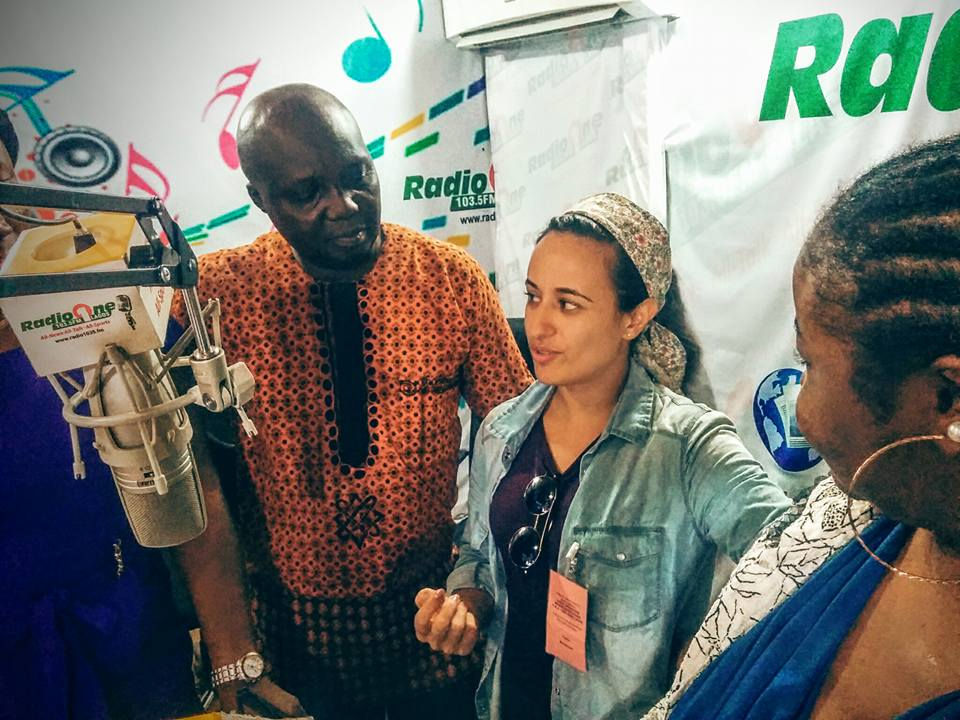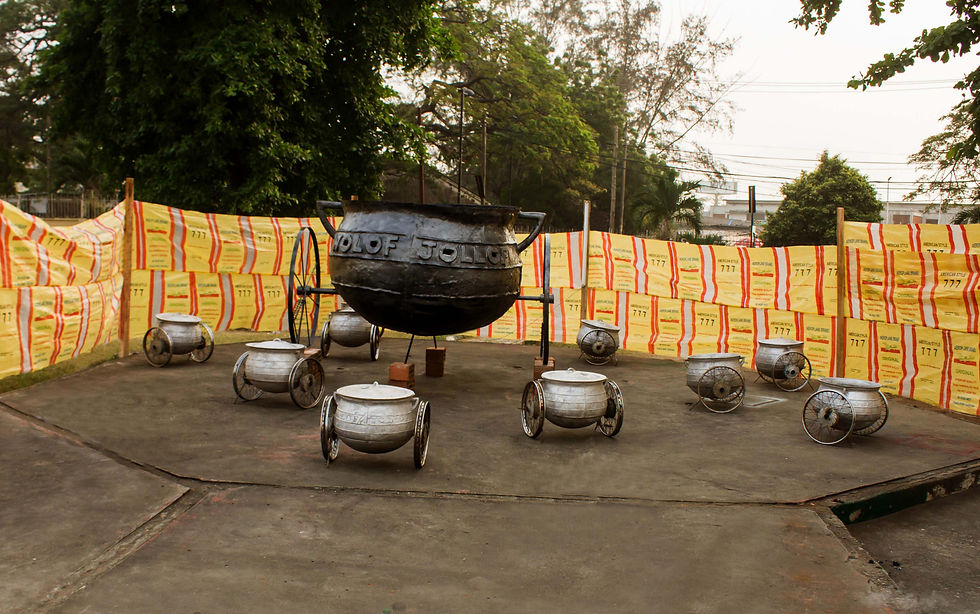INÊS VALLE

Exhibition WolofJollof at the National Museum Lagos - Nigeria

National Museum of Lagos, Nigeria

National Museum of Lagos, Nigeria. image courtesy by Ayo Akinwande

Exhibition WolofJollof at the National Museum Lagos - Nigeria
WOLOF
JOLLOF
NATIONAL MUSEUM OF LAGOS , NIgeria
6-21.12.2015
Artist: Folakunle Oshun
Jollof Cooking day: Kitchen Butterfly (Ozoz Sokoh) and Rolia Finotan
SHARED ROOTS: TAH, NA WE GET AM!
By Inês Valle
2015
“The history of any nation’s diet is the history of the nation itself, with food fashion, fads and fancies mapping episodes of colonialism and migration, trade and exploration, cultural exchange and boundary making”(1)
Perhaps one of the best ways to understand a culture, its values, preoccupations or even its fears, is by examining its attitudes towards food. Taking as a premise Jean-Anthelme Brillat-Savarin’s aphorism: ‘Tell me what you eat and I will tell you who you are’ (2), then through food we can perceive the foundations or the construction of our historical identity. Most countries claim to possess a national dish, one that can represent their own uniqueness towards the other. Nevertheless, if we analyse the cultural influences that we all have been exposed to and if we break down people’s preconceptions about who should be cooking and what food belongs to whom, a lot of questions will start to emerge. So food and identity are really tied up, since what we eat can communicate to others our beliefs, cultural and social backgrounds and even experiences. Looking at migrated communities, we often see language dissipating before traditional food habits. Even though some dishes are not cooked on a daily basis, their aromas will appear whenever there is a special occasion to remember who they are and where they came from (...)
(REQUEST TO READ FULL ESSAY)
all copyrights @Inês Valle